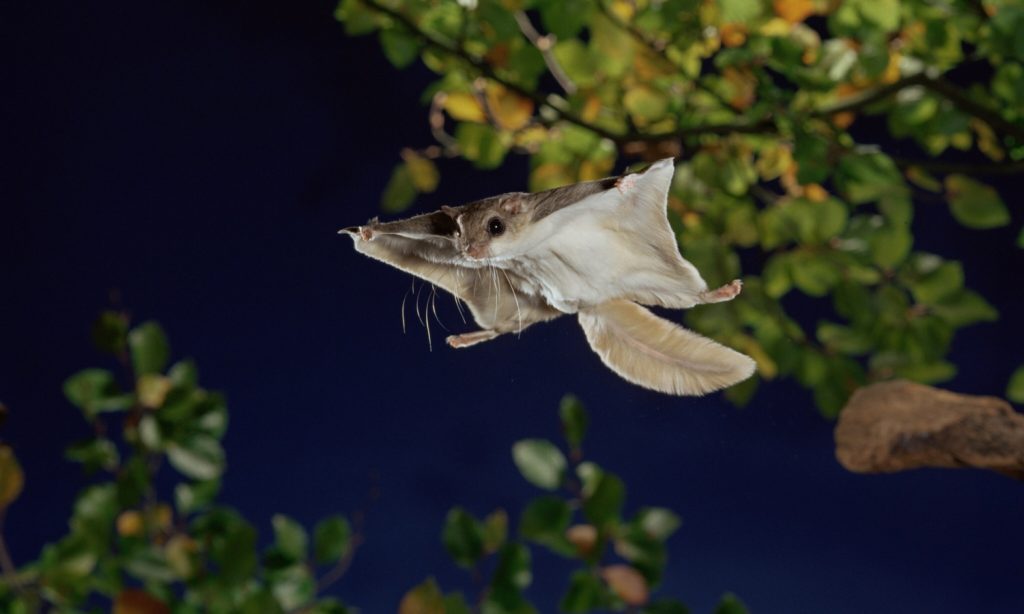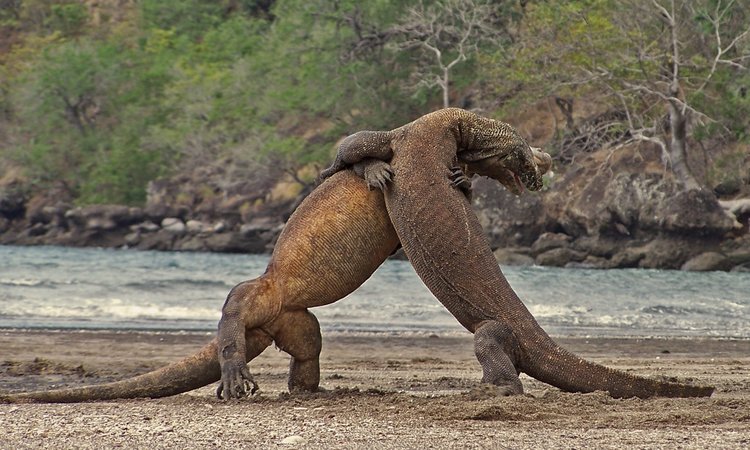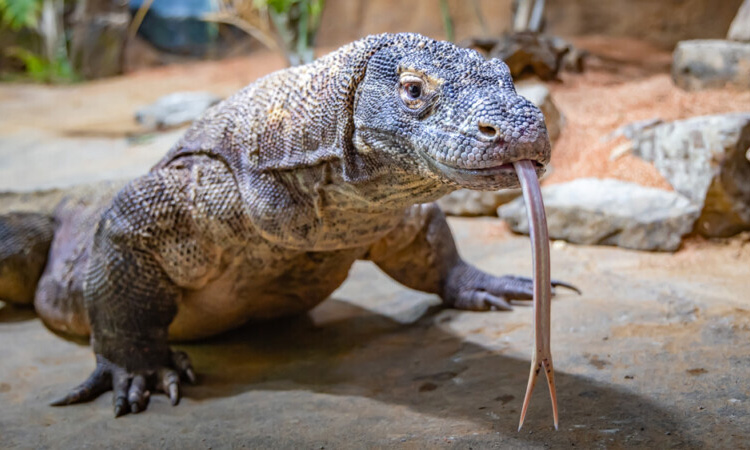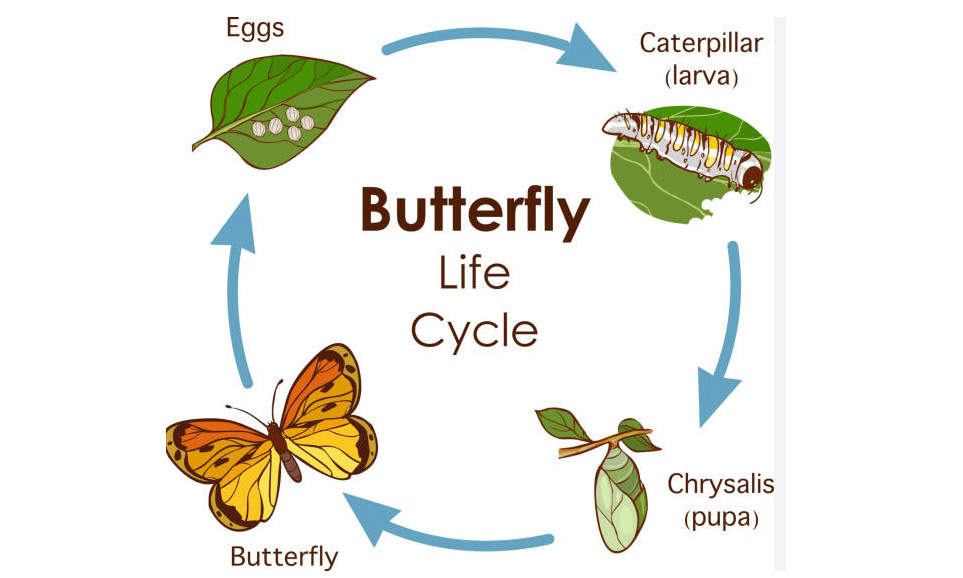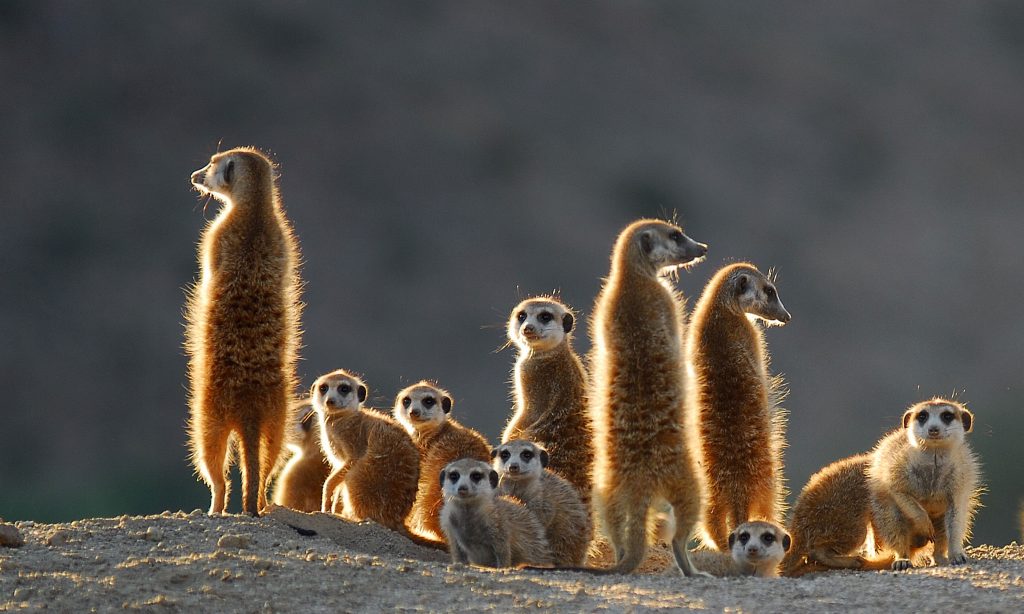Flying squirrel animal, a captivating subset of the Sciuridae family, defy conventional expectations associated with their tree-dwelling relatives. Renowned for their nocturnal habits and unique gliding capabilities, these arboreal acrobats inhabit diverse ecosystems worldwide, creating an enchanting presence in the animal kingdom.
1. Taxonomy and Distribution: flying squirrel animal belong to the subfamily Sciurinae, comprising over 50 species. They are found on almost every continent, with the exception of Australia and Antarctica. Notable species include the Northern and Southern Flying Squirrels in North America, the Siberian Flying Squirrel in Eurasia, and the Colugo in Southeast Asia.
2. Physical Characteristics: Distinctive features of flying squirrels include their large, membrane-like patagium – a fold of skin that extends between the forelimbs and hindlimbs. This patagium allows them to glide through the air, covering remarkable distances. Despite the term “flying,” they do not truly fly but execute controlled glides by manipulating their body posture.
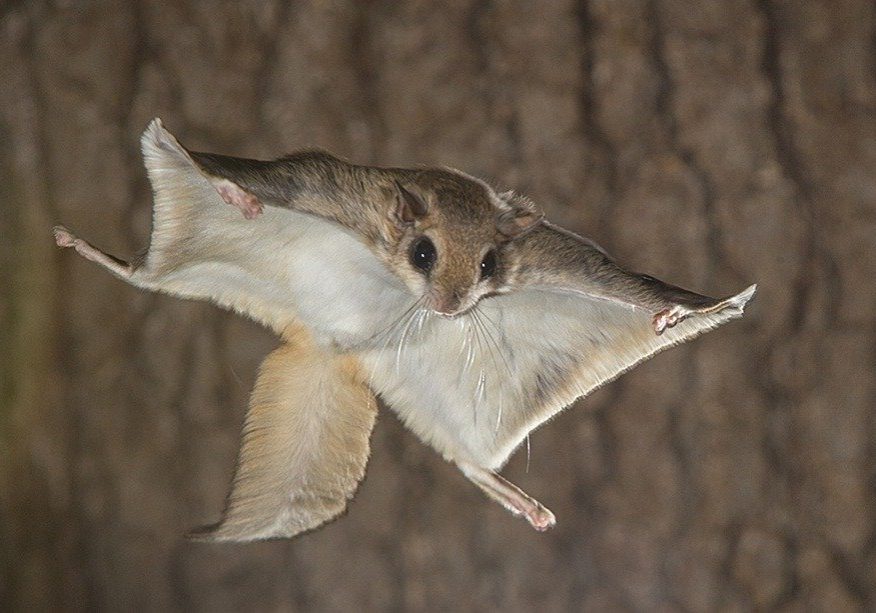
3. Nocturnal Lifestyle: Flying squirrels are primarily nocturnal, adapting their behavior to avoid predators and exploit food resources efficiently. Their large, sensitive eyes aid in low-light vision, while their keen sense of smell helps them locate food sources in the dark. These adaptations contribute to their elusive nature, making them challenging to observe in the wild.
4. Diet and Foraging Behavior: These squirrels exhibit omnivorous tendencies, consuming a varied diet that includes nuts, seeds, fruits, insects, and even bird eggs. Their ability to navigate through trees with ease and reach inaccessible food sources gives them a competitive advantage in their ecosystems. Flying squirrels are also known to store surplus food in tree cavities for later consumption.
5. Social Structure and Reproduction: Flying squirrels typically lead solitary lives, coming together only during the mating season. Female flying squirrels give birth to small litters of two to seven young, depending on the species. The offspring are born hairless and blind, relying heavily on maternal care for their early survival.
6. Conservation Concerns: While many species of flying squirrels thrive in various habitats, some face threats due to habitat loss, deforestation, and climate change. Conservation efforts are crucial to preserving these remarkable creatures and maintaining the biodiversity of their ecosystems.
Conclusion: Flying squirrels, with their remarkable adaptations and elusive lifestyle, continue to captivate the imagination of wildlife enthusiasts and researchers alike. As guardians of the night, these arboreal gliders contribute to the intricate tapestry of biodiversity, reminding us of the importance of conservation efforts to ensure their survival in a rapidly changing world.
